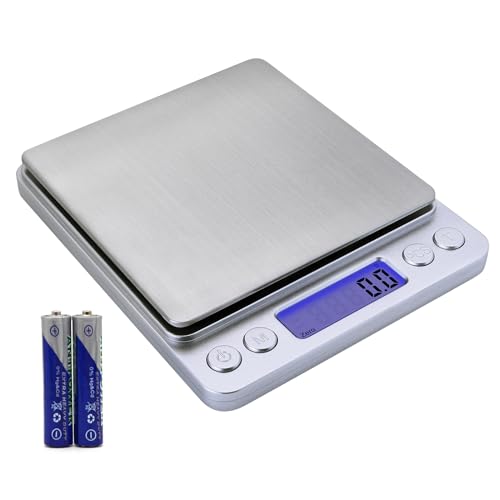Lets talk recipe first:
It's best to use either all standard or all metric WEIGHT measurements. Fluid measurements (ml) are not as accurate as weight measurements (grams) for soaping.
So lets say your recipe looks like this-
Olive Oil 800g (you used ml)
Vegetable Oil 800g (you used ml...Canola? Soybean?)
Coconut Oil 500g
Water 900g (you used ml)
NaOH 295g
Using SoapCalcPro with full water (38% water) and a 5% Superfat, for the above recipe, you should have used 798g Water and 293.5g NaOH using SAP values for Soybean Oil for your veggie oil, OR 290.7g NaOH using SAP values for Canola Oil for your veggie oil.
Your soap may turn out lye heavy, or with a very low/no superfat, but that's hard to determine if you used fluid and weight measurements. The 102g extra water probably added to your trace time and will take longer to set up to unmold, and longer cure time to evaporate that extra water out.
Any time you find a new recipe, whether from a book or the Internet or a soaper friend, always run it through a
lye calculator, like SoapCalc or Brambleberry's or MMS. There's lots of bad info out there, even from "professional soapers"...I just watched a YouTube video last night where a "professional soaper" said she used 6 oz of Clove Bud essential oil in a BAR of soap because it was good for warts :shock: even in a 12 pound batch, I have NEVER used that much Clove (can be highly irritating to skin)...I won't even go into her "medical claim"...so don't take everything you find in the soaping world at face value.
Second: you say you mixed the lye and added the oils to it. You should always ADD THE LYE TO YOUR OILS, not the other way around.
Third: as you've already determined, you got separation in the mold, probably because you did not get a true trace.
This is salvageable IF you are able to dump it ALL back into the soap pot to stir back together. A stick blender will make short work of this and you'll get trace a lot quicker than 40 minutes.
Now lets talk about how you can save this by REBATCHING...I hate to throw out soap that can be saved, or at least attempt to save. You would want to do this with your 3 batches separately so that you don't mix scents.
I'll tell you how I prefer to do it, which is in a crock pot. If you use one of those crock pot liners, it will make this a lot easier.
Dump ALL the contents of your molds into your crock pot set on LOW...get as much of what's in the molds as possible so that you don't lose any lye or oils.
Either with a stick blender in short bursts (easiest) or a slotted spoon or whisk, stir your mixture to trace...until it looks like pudding and doesn't separate when left alone for a few minutes.
Once it reaches trace, let it cook until it starts to liquefy (it won't be exactly "liquid"), then stir again. You want to cook it until it gets to a gel/Vaseline stage. If it puffs up or tries to creep out of the pot, just stir it back down. Then I would add 50-100g more Olive Oil to give a little more superfat and hopefully use up any free lye you may have from improper measurements. Stir and cook for another 5 minutes. Remove a small blob, let it cool, and then zap test it (touch your tongue to it to see if t feels like a 9 volt battery). If it zaps, cook it a little longer and try again. If it doesn't zap, mold it and proceed as usual. If you use a crock pot liner, you can just remove the liner, soap and all, tie off the open end, cut a corner off the bottom, and squeeze it out into the mold like cake icing. Easy to clean up!
If you don't have a crock pot, put all contents of your mold into your soap pot, add that extra 50-100g of Olive Oil, stick blend or stir to trace, leave it a minute to make sure it doesn't separate, and mold it as usual.
I hope I didn't make my explanation too complicated












































